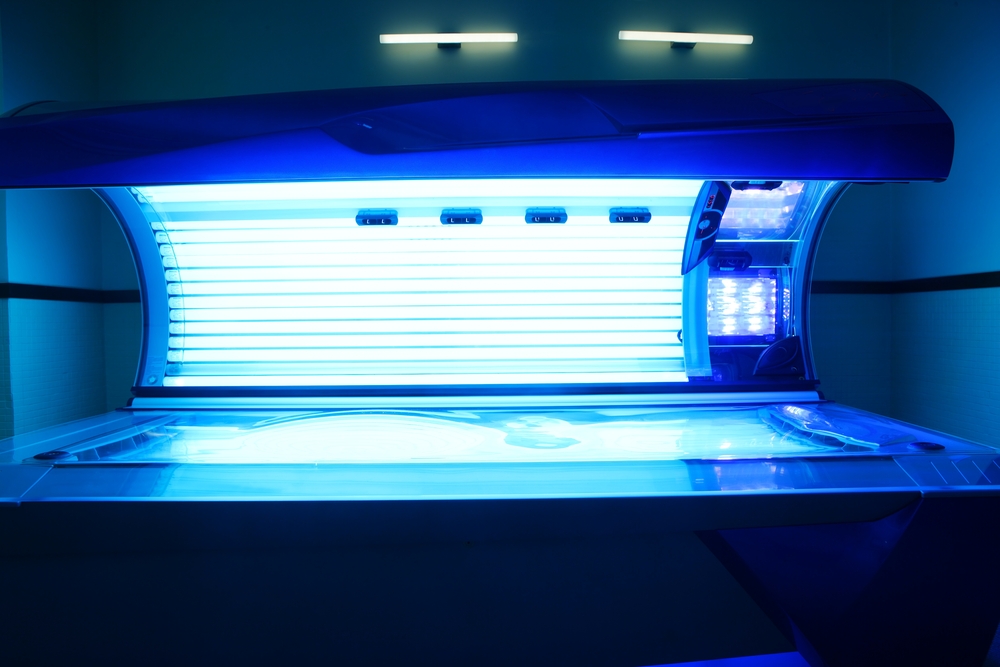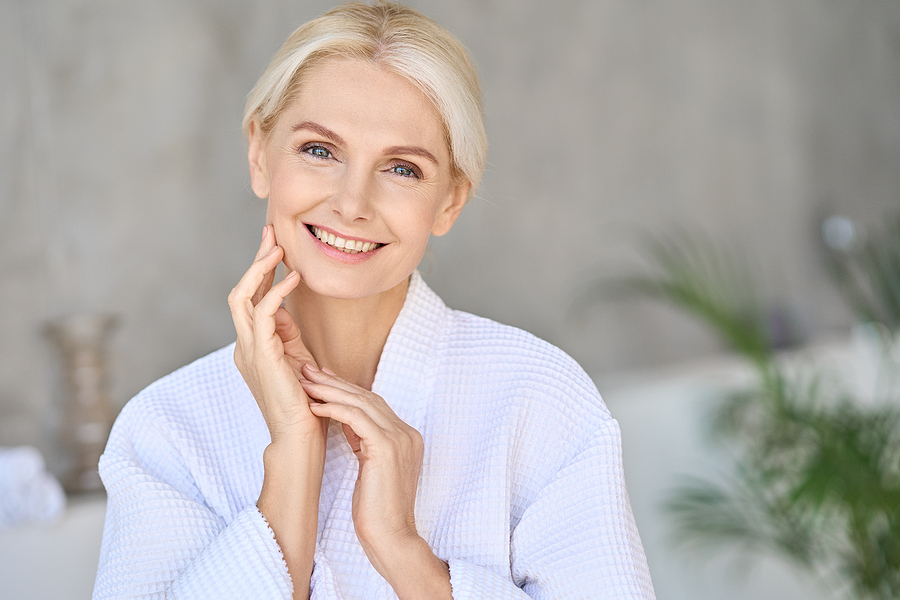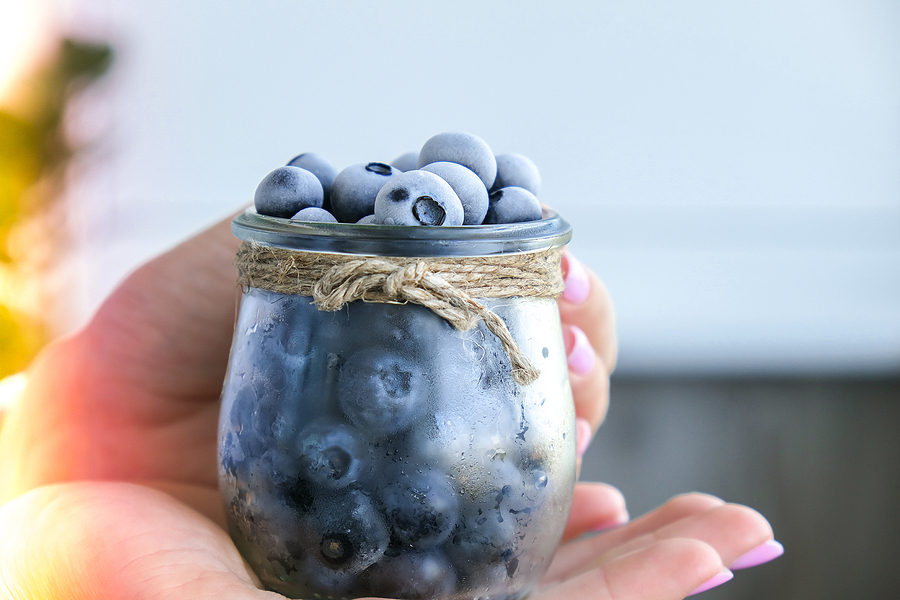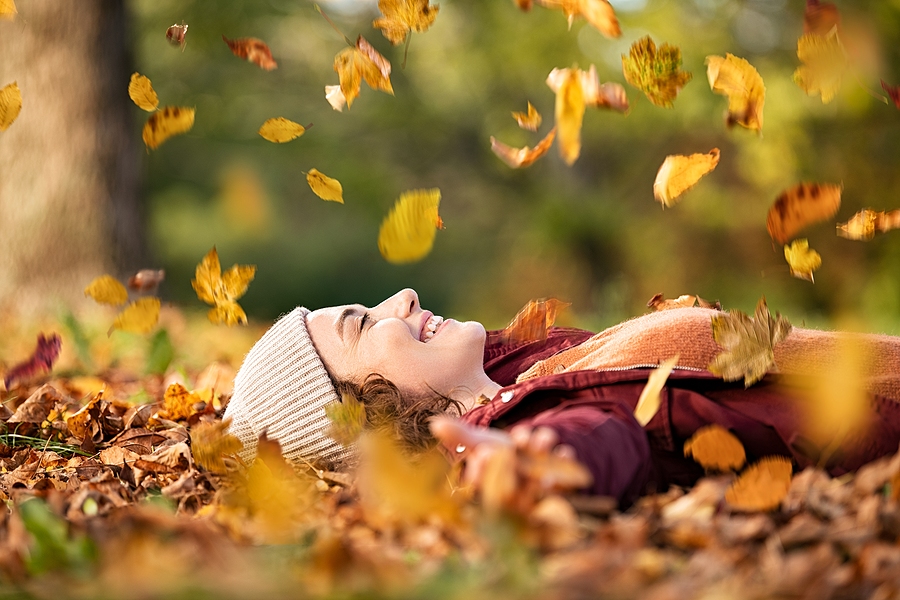Spending time in the sun can supply the body with vitamin D, which is essential in helping to defend against depression, heart disease, stroke, cancer and osteoporosis. Sometimes though, especially during the winter, some of us have difficulty squeezing even a few minutes of sunshine into our busy schedules. Or we live in the northern part of the United States where there is very little sun in the winter months. In winter months daylight hours are shortened and outdoor activities may be less enjoyable for those in colder climates.
When natural sunlight is hard to find, it might be tempting to replace time in the sun with a quick trip to a tanning bed. But do tanning booths provide the same healthy benefits as sunlight? Particularly, are tanning beds a safe source of vitamin D? Tanning salons might like you to believe they are, but don’t be fooled. Tanning indoors is not a good way to get vitamin D, because of the harmful characteristics of ultraviolet light rays, and the effects they have on the body.
UVA and UVB Rays
Both the sun and tanning booths send out two kinds of ultraviolet light rays – UVA and UVB. Your skin absorbs both types, but in alternate ways. UVA rays have longer wavelengths that are able to reach the deepest layers of the skin. the wavelengths of UVB rays are shorter and only penetrate the uppermost layers of skin. Both forms of rays add to the health risks related to sun exposure, for instance the threat of developing skin cancers. But UVB rays also trigger the synthesis of the vitamin D precursor in the skin, and so are solely responsible for the healthy benefits of sunshine. For many individuals, exposing one’s arms and face to sunshine for about 20 minutes each day provides the skin with sufficient UVB rays to do away with vitamin D deficiencies, without causing long-term skin damage.
However, while UVB rays are responsible for the health benefits of sunshine, tanning salons are most concerned with the UVA rays. The reason for this is that overexposure to UVB rays, which affect the surface layers of skin, quickly causes the skin to burn. UVA rays, though, create the bronze-brown tan coveted by most salon-goers. Because of this, most tanning salons regulate their beds to emit approximately 95 percent UVA rays. This calibration maximizes the tanning effects of the booth and minimizes the risk of burning. Unfortunately, it also minimizes the amount of vitamin D that can be used, in proportion to the exposure to damaging UVA rays.
A tanning bed could actually be calibrated to emit a higher percentage of UVB rays. It is vital to remember that the safety of exposure to either type of UV rays depends upon its moderation. Most people do not enter tanning beds fully clothed. Exposing large areas of skin surfaces can result in excessive absorption of ultraviolet light rays very quickly.
Optimizing the benefits of Vitamin D
While it’s exciting to know that something as easy as spending time enjoying the sun can be beneficial, be careful not to underestimate the risk of overexposure. Approximately 15–20 minutes of sunshine, three or four days per week will provide adequate UVB absorption for most fair-skinned people to optimize their vitamin D levels. People with darker skin colors require more exposure time. Another point to remember is that this natural method does not work equally well at all latitudes and seasons, or in all people.
If you are uncertain of the amount of sunshine you need, you can have your vitamin D levels tested. It might be worthwhile to consider supplementing your vitamin D3 intake. Most tanning booths, while offering a golden-brown hue, place you at high risk for unnecessary and excessive exposure to dangerous ultraviolet rays. They are not a good substitute for old-fashioned sunshine. Most of our patients need vitamin D supplementation – so be sure to have your levels checked.
MarcellePick.com has formulated a high-quality vitamin D supplement to enhance your health – click here to find out more.








